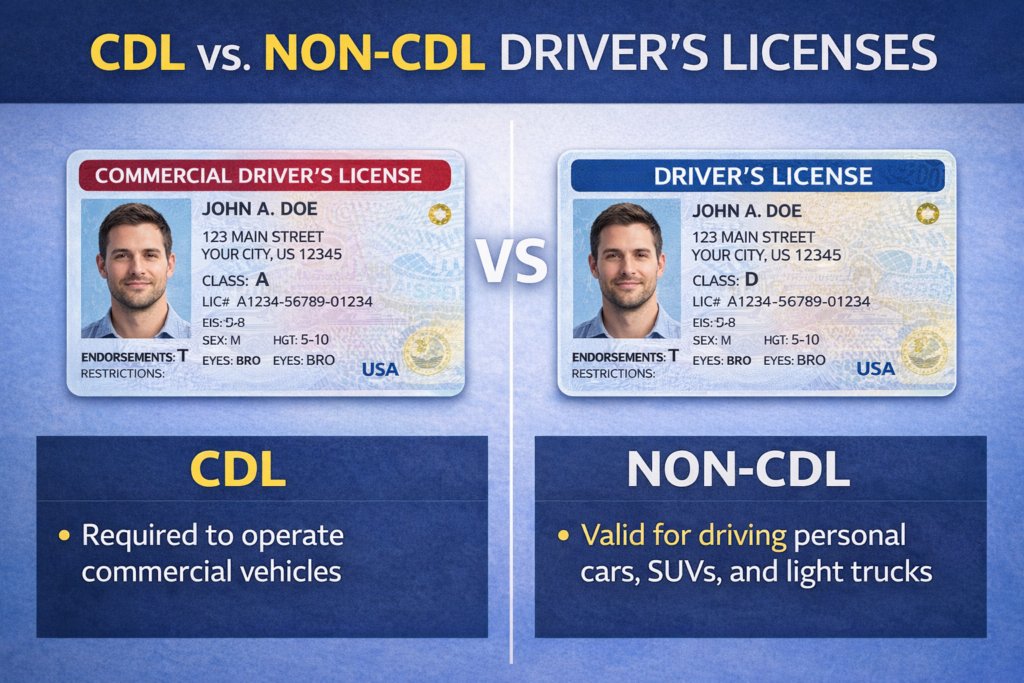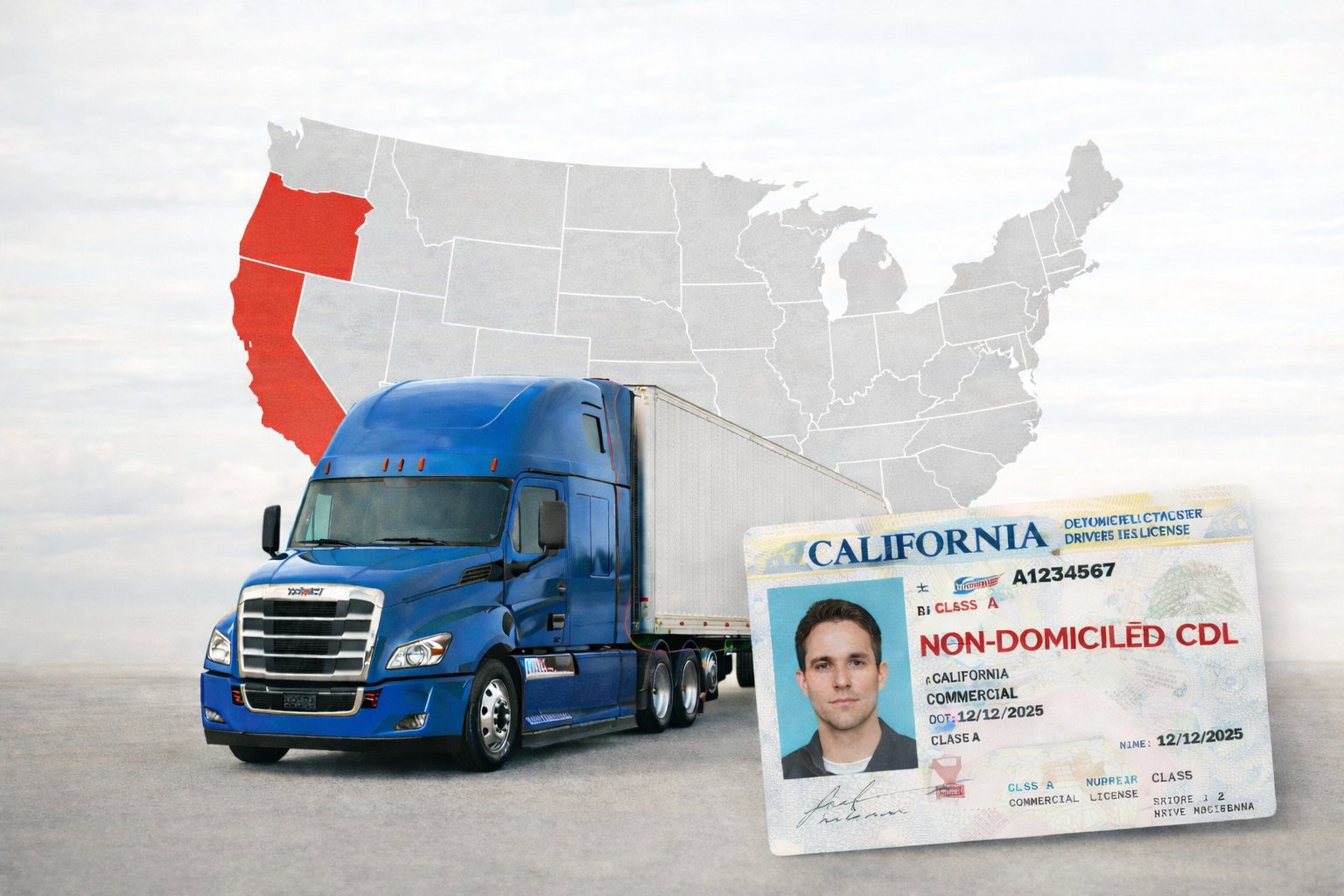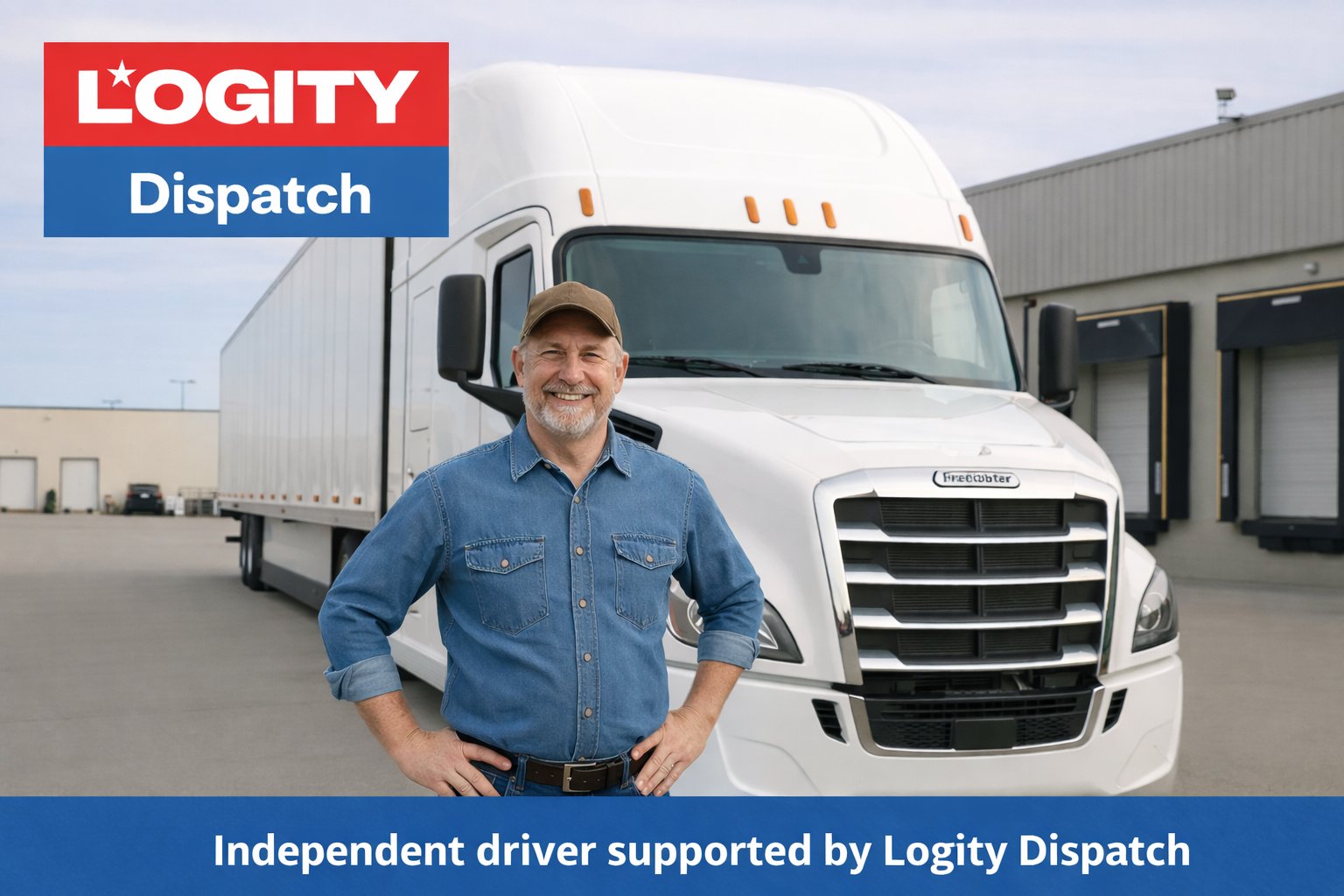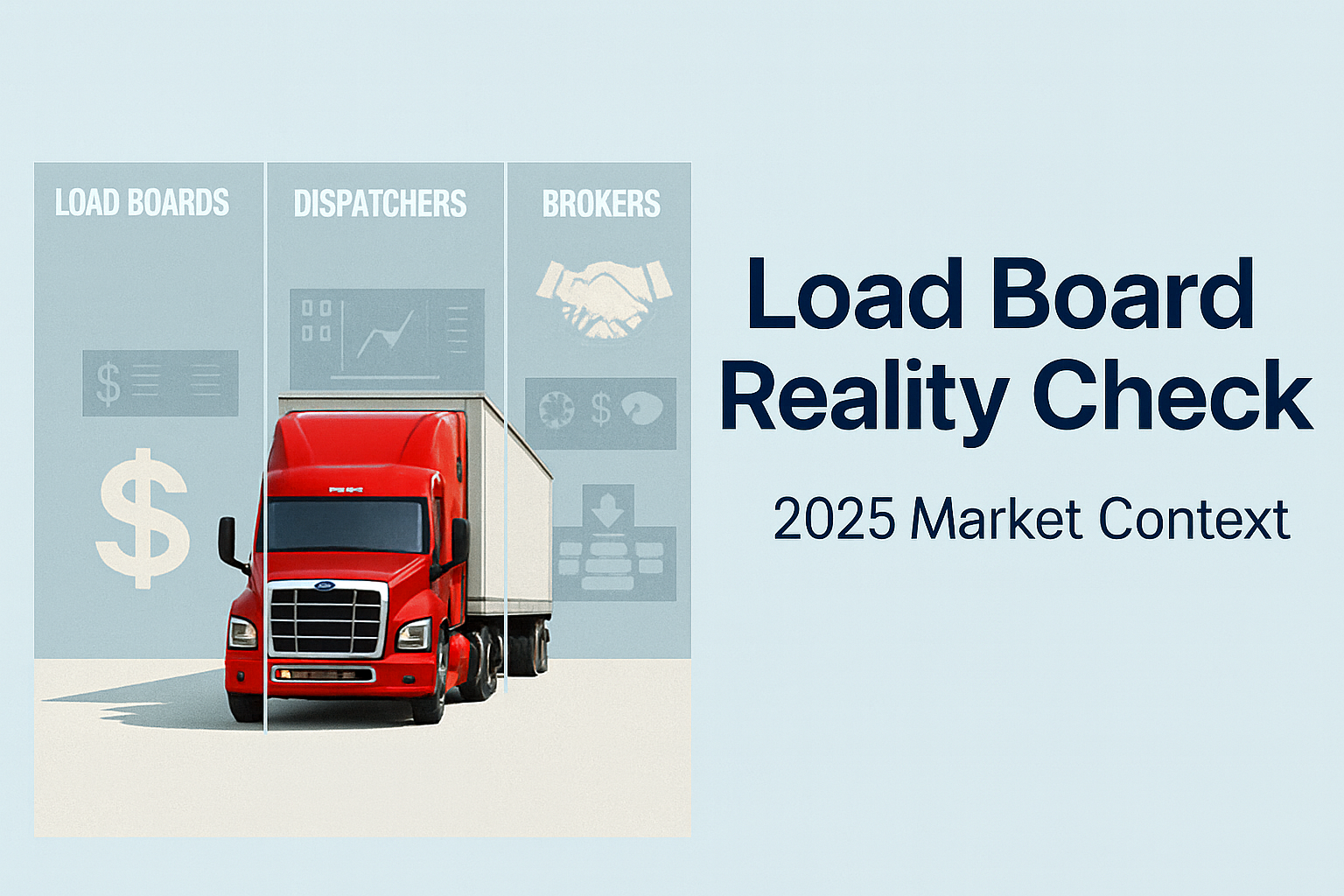
At first glance, a driver’s license might seem like a simple credential—proof that you’re legally allowed to operate a vehicle. But when it comes to commercial driving, there’s a clear distinction between a standard driver’s license (non-CDL) and a Commercial Driver’s License (CDL). Understanding these differences is essential if you’re considering a career in trucking or any job that requires operating larger vehicles.
Non-CDL License
A non-CDL license is the standard license most people hold. It allows you to drive personal vehicles such as cars, SUVs, pickup trucks, and in many cases, small delivery vans. This type of license is suitable for everyday driving and jobs that don’t require operating heavy or specialized vehicles.
CDL License
A CDL, on the other hand, is specifically designed for operating larger, heavier, and more complex vehicles. With a CDL, drivers are qualified to operate everything from box trucks and buses to tractor-trailers and tankers, depending on the class and endorsements they earn. Obtaining a CDL requires additional training, passing written and road tests, and meeting stricter federal and state requirements.
Key Distinctions
- Vehicle size and weight: CDL holders can legally operate vehicles that exceed 26,001 pounds in gross vehicle weight rating (GVWR), while non-CDL drivers are limited to lighter vehicles.
- Professional requirements: CDL drivers must meet higher medical, testing, and background standards to ensure safety on the road.
- Career opportunities: while a non-CDL license limits you to personal driving or small-scale delivery jobs, a CDL opens the door to a wide range of professional driving careers with higher earning potential.
In short, a CDL is more than just a license — it’s a professional credential that certifies you to handle the responsibilities of commercial driving, while a non-CDL remains a basic requirement for everyday transportation.
What Are the Advantages of a CDL?
Earning a Commercial Driver’s License (CDL) comes with a range of benefits that make it a valuable asset for anyone pursuing a career in trucking or commercial driving. Here are some of the key advantages:
1. Strong job demand and security
CDL truck drivers are consistently in high demand across the U.S., making this one of the most stable career paths available. Whether you prefer long-haul trucking, local deliveries, or specialized driving, opportunities for CDL holders remain abundant even during economic fluctuations.
2. Versatility in vehicle operation
A Class A CDL qualifies you to operate nearly any commercial vehicle, from massive tractor-trailers to smaller trucks. This flexibility allows you to pursue different types of driving roles, whether it’s over-the-road (OTR) trucking, regional routes, or “hot shot” deliveries of time-sensitive loads.
3. Career flexibility
With a CDL, you can tailor your driving career to fit your lifestyle. Choose from long-haul, regional, or local routes depending on your personal preferences, family needs, or desired work schedule. The license opens doors to a variety of positions in the trucking industry.
4. Military CDL waivers
Federal regulations allow certain military personnel to bypass CDL training requirements if they have at least two years of safe experience driving large trucks or buses. This makes transitioning from military service to a civilian driving career easier, though eligibility requirements vary by state.
5. Competitive earning potential
CDL drivers often enjoy strong wages, particularly those with specialized endorsements or experience. Many positions also offer performance-based bonuses tied to safety records, delivery efficiency, or experience, providing even greater earning opportunities.
6. Independence and travel opportunities
Life on the road offers a sense of independence that many drivers value. CDL careers also provide the chance to explore new regions and see different parts of the country while earning a living. For those who enjoy travel and self-reliance, this can be a major perk of the profession.
In short, a CDL not only opens the door to a wide range of trucking opportunities but also provides stability, flexibility, and the potential for a rewarding and fulfilling career on the road.
How to Get a CDL
If you’re considering a career in commercial trucking, earning your Class A Commercial Driver’s License (CDL) is the first crucial step. While the process may seem complex at first, breaking it down into clear steps can make it manageable and straightforward.
1. Explore the trucking industry
Before you start training, take time to familiarize yourself with the trucking industry and the types of driving jobs available. From long-haul over-the-road routes to local deliveries or specialized “hot shot” trucking, understanding what appeals to you will help guide your career decisions.
2. Ensure you meet the eligibility requirements
To qualify for CDL training, you generally need a high school diploma or GED, be at least 21 years old for interstate driving (18 for intrastate), hold a clean driving record, provide proof of residency, and pass a medical examination. Meeting these requirements is essential before enrolling in a training program.
3. Choose a reputable CDL school
Selecting the right CDL training program is a critical part of the process. Here are key factors to consider:
- Cost: Training can range from $3,000 to $10,000, but many schools and companies offer financial aid or on-the-job training programs to reduce costs. Research your options carefully to avoid unnecessary debt.
- Length: While some programs advertise completion in as little as two weeks, comprehensive training usually takes longer to ensure you are fully prepared for the written and driving exams.
- Instructors: Look for schools with experienced instructors and small class sizes—ideally no more than five students per instructor—to ensure personalized attention.
- Testing support: Passing both the written permit test and the practical driving exam is required to earn your CDL. Check if the school offers additional support or retesting options if you don’t pass on your first attempt.
4. Complete your CDL permit and training
Once you’ve chosen a school, you’ll start by taking the written CDL permit test at the DMV. Passing this exam allows you to begin hands-on training under the supervision of a CDL-certified driver. During training, you’ll learn critical skills such as vehicle backing, maneuvering, and performing thorough pre-trip inspections.
5. Pass your final exams and earn your CDL
After completing your training, you’ll take a final driving exam and a test on your pre-trip inspection skills. Successfully passing both exams earns you your Class A CDL, qualifying you as a fully licensed commercial driver and ready to pursue a career in trucking.
With the right preparation and training, obtaining your CDL is your gateway to a stable, rewarding career on the road.
Drawing the Line
Earning a Commercial Driver’s License (CDL) is more than just obtaining a piece of paper — it’s the first step toward a stable, flexible, and rewarding career in the trucking industry. From understanding the differences between CDL and non-CDL licenses to exploring the benefits, meeting eligibility requirements, and completing training, each step brings you closer to hitting the road as a professional driver. Logity Dispatch is your source for in-depth knowledge about CDL requirements.






